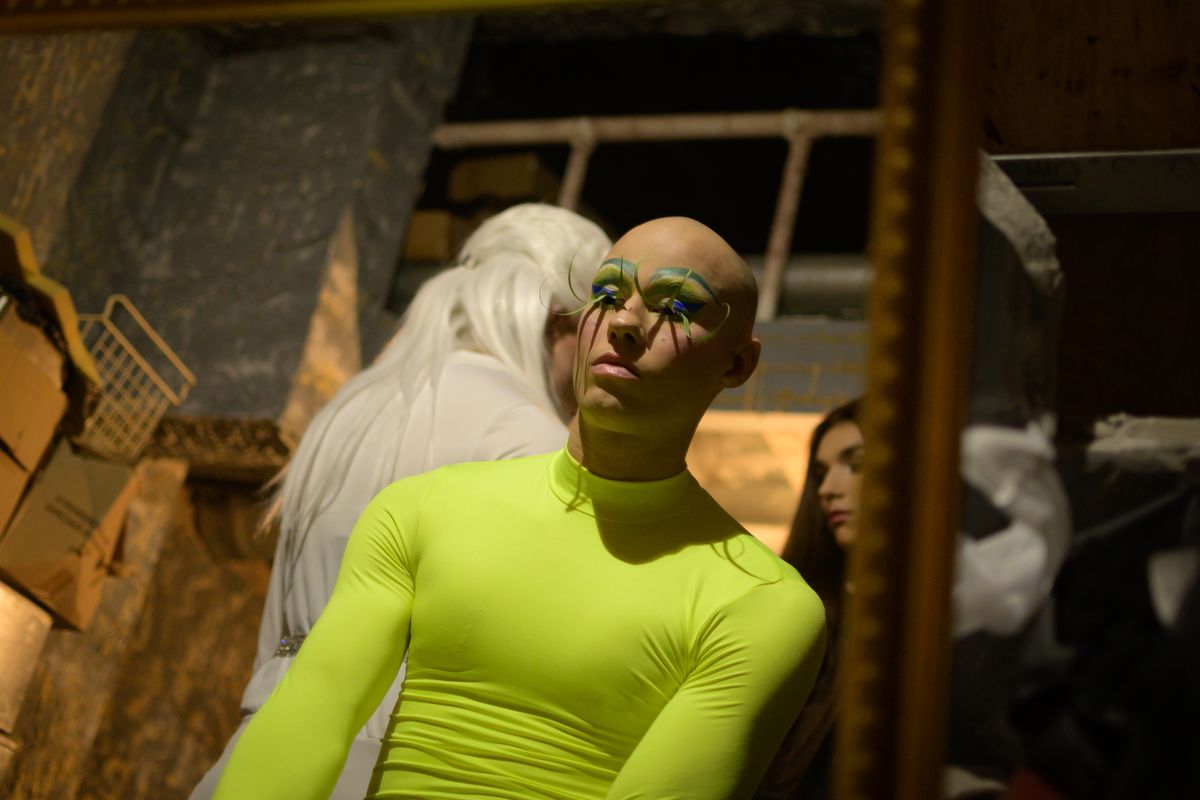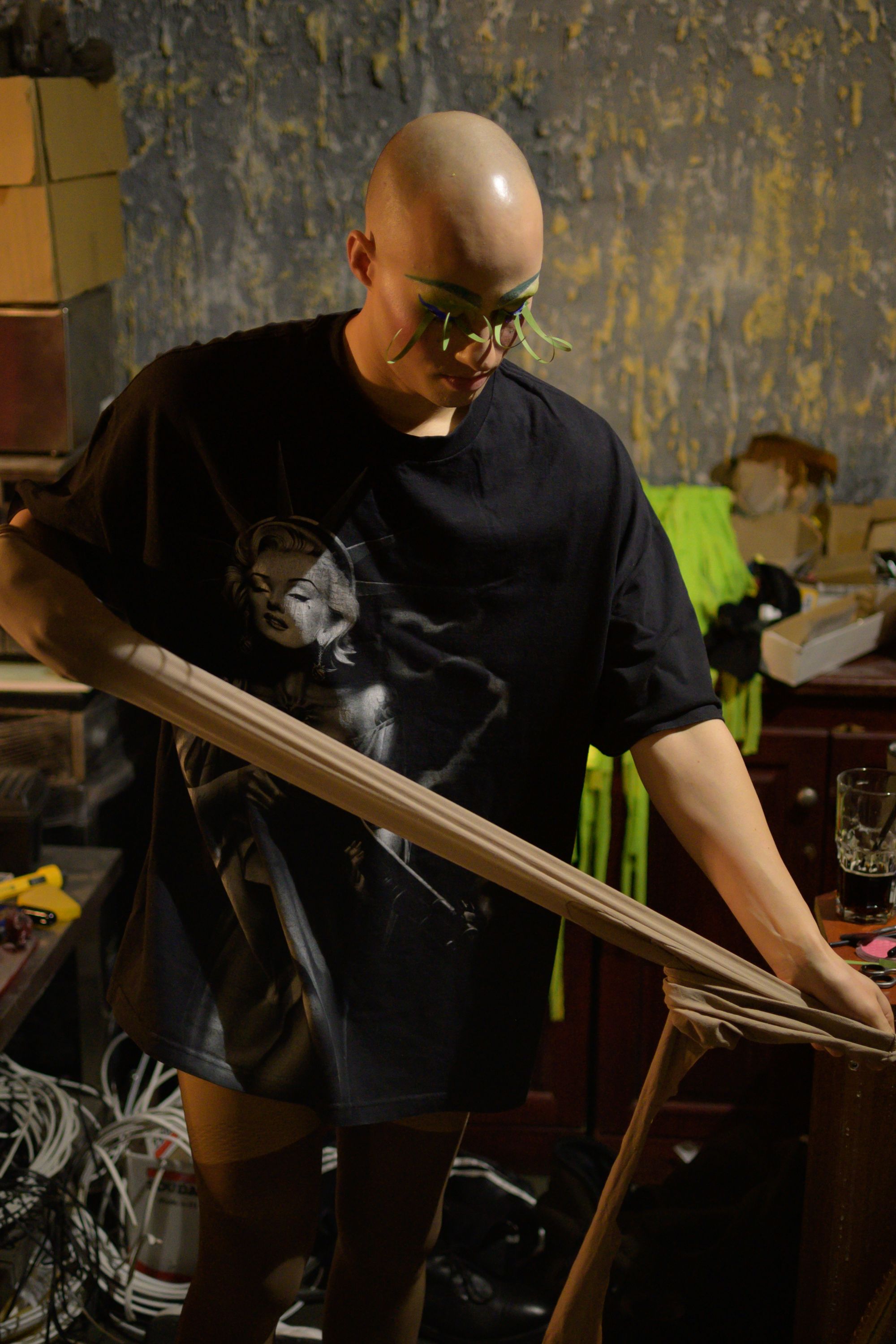Milda Vyšniauskaitė: Balaganza
A spotlight on the drag queens in the only gay bar in Lithuania. Forcedly hidden from the public eye in the post-Soviet country, these performances seem too deliberately shocking for the part of the society.

In a recent conversation with an elderly relative of mine, she revealed that she doesn’t understand or particularly like drag queens because they’re too over the top, too deliberately shocking. There aren’t many, if any at all, gay bars or drag queens where I come from and they are not shown in the mainstream media either so she is forgiven for holding this opinion; it may be outdated but it’s certainly not with ill intentions. She just lacks the understanding of what drag queens are and what they try to achieve for what are they if not outrageous and shocking? The assumed identity of drag queens being gay men is a common misconception as in many cases these are simply men who fancy a bit of fun and an escape from their daily lives.
Milda Vyšniauskaitė is acutely aware of the importance of the project presented here. Lithuania is a small country, formerly part of what once was the USSR and the legacy of the Soviet mentality still lingers. Although we take gay rights for granted in the West it’s imperative to remember that gay marriage was not legalised until 2015 in the US and 2013 in the UK — compared to the history of the institution of marriage overall, this feels like yesterday in the grand scheme of things. It is still illegal and sometimes punishable by death to be LGBTQ+ in 69 countries as of December 2020.

The pictures made by Vyšniauskaitė shine the spotlight on the drag queens in the only gay bar and the only drag queen show in Lithuania. They are superbly lit and verge on the cinematic — some depict the stage and the performance, while other photographs make us privy to the experience of being backstage and witnessing the preparation — obscenely long lashes, impeccable makeup and copious amounts of sass abound.
Vyšniauskaitė sees herself and her body of work Balaganza as preserving history for posterity. These are not simply luscious, nice-to-look-at images but they document a minority of people who perhaps feel repressed, silenced and avoided. It’s important that they are given a voice, or in this case a lens pointed at them, to make their voices heard and if nothing else at least demonstrate loud and clear that they exist and they have no intentions of hiding. Representation matters a lot - a young Lithuanian child might see these pictures and realise that their desire to dress in the clothes considered to be the sole property of the other gender isn’t something to be ashamed of. What drag queens attempt to achieve is to disrupt old-fashioned perceptions of masculinity and gender and kudos to Milda Vyšniauskaitė for aiming her camera at this underground Lithuanian community.
Sign up for the newsletter to read this post
We support independent documentary photographers and photojournalists by promoting their work. Read unique documentary stories with our newsletter.
